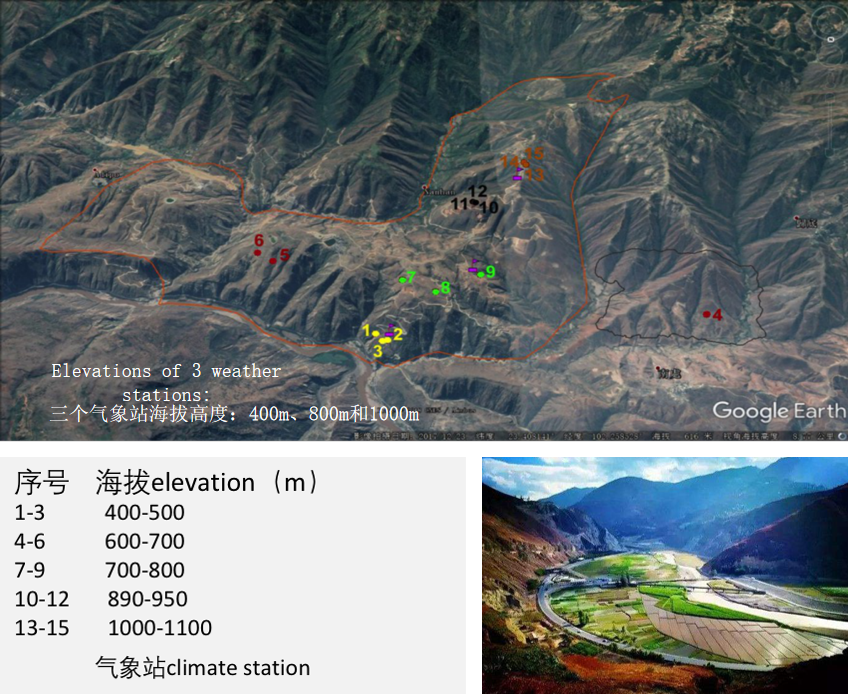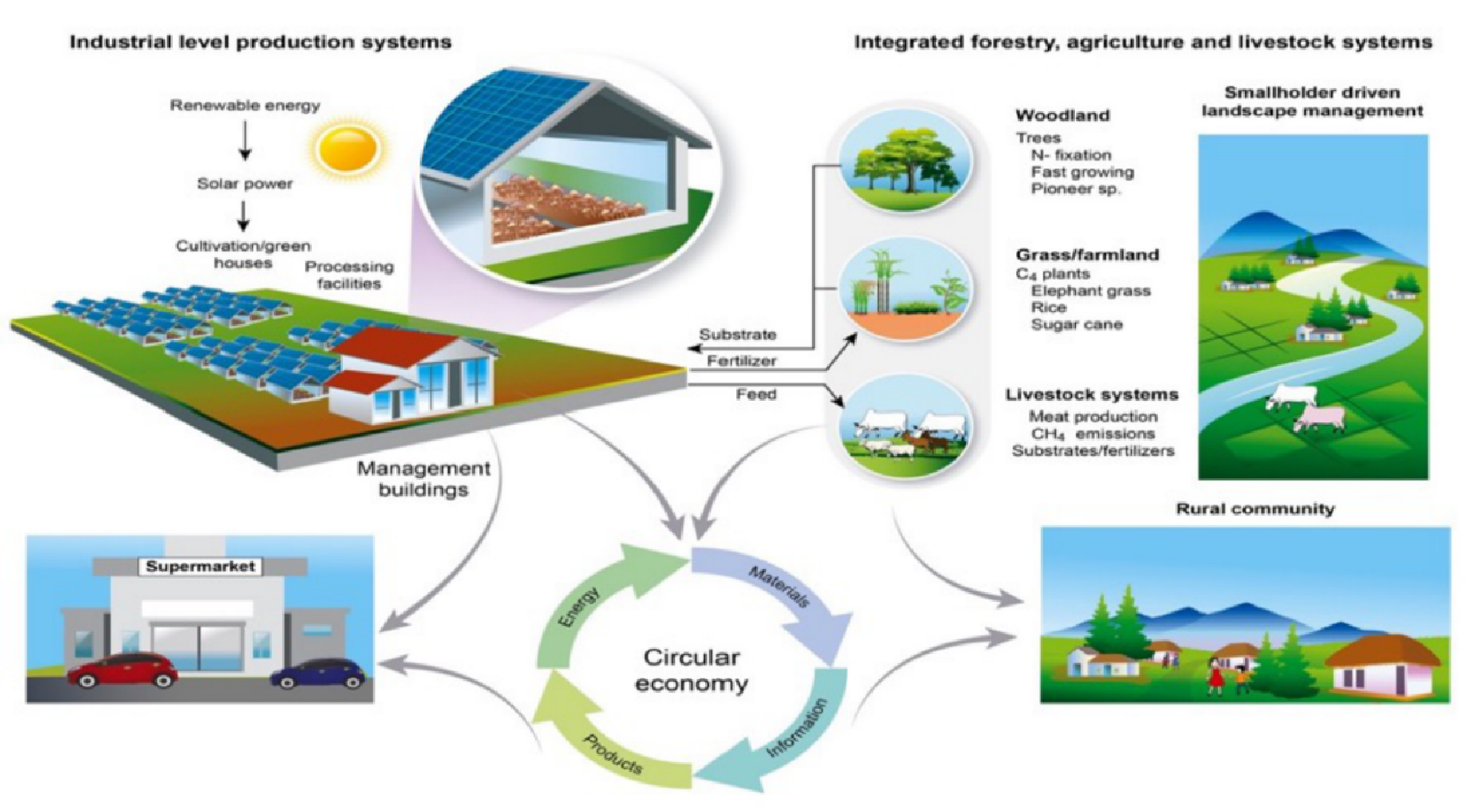
Diffuse reflectance near-infrared (NIR) and mid-infrared spectroscopy were used to measure soil fertility, pollution and soil health. This method is simple, fast, precise, low-cost and produces a large amount of data.

Our monitoring network across the mountain agricultural systems is spread at different altitudes (400 – 1200 meters), aspects (east, north and western slopes), crops (mango, coffee, lemon and avocados) and planting modes (mulching and weeding, irrigation and non-irrigation). It probes the ways in which energy, moisture and nutrients transfer in mountain ecosystems while also recording soil microbial regulation and responses to climate stressors.

The modern agricultural ecosystem, based on biomass recycling, uses a management mode that organically combines the planting, animal husbandry, aquaculture, insect breeding, edible mushroom, biological fertilizer, biological feed, textile fiber, biological pharmacy and other industries across different temporal and spatial scales. Among them, microbial technologies and insect breeding form beneficial relationships across the entire ecological chain, providing holistic agricultural solutions to optimize industry structures, conserve energy and resources, improve yield and quality, ensure food safety and ecological health.

The team of scientists at Mountain Futures has discovered and successfully cultivated many new species, like colored fungi, miniature shiitake mushrooms and white Ganoderma from Amu Mountain Nature Reserve, as well as carried out the bionic cultivation of forest fungi, recycled agricultural and forestry waste products and conducted the ecological planting of morel, winter velvet and bamboo fungus. These actions have increased organic matter in farmland soil, resulting in increased farmer incomes and the construction of a prosperous countryside.
